Congress commits to making deliberative decisions more transparent online
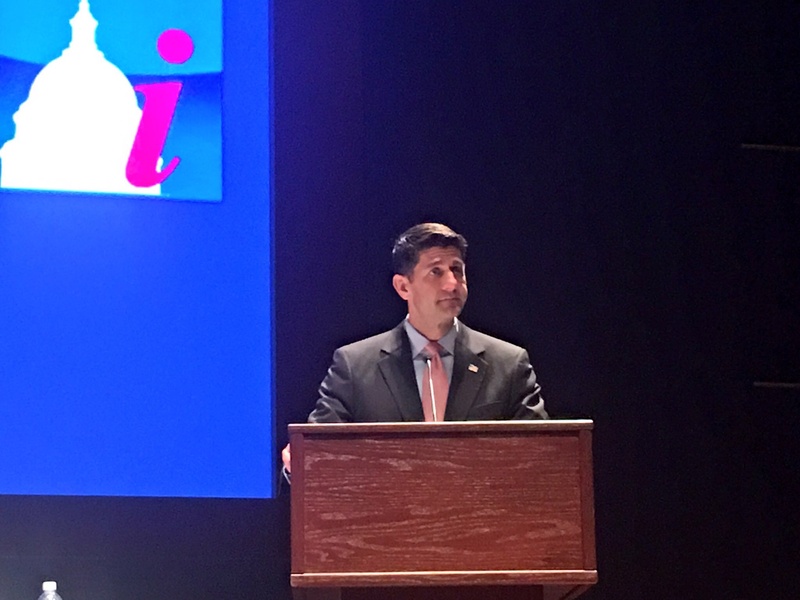
Yesterday at the 2016 Legislative Data and Transparency Conference, Speaker of the House Paul Ryan stood up and congratulated all of the people who have been working to open up the legislative branch of the United States to the public. Ryan also told us — and the online and television viewers — that he’d asked his team to keep moving ahead by publishing all legislative measures in a standard format.
The meaning behind these words may not be immediately obvious to the public. Here’s what’s happening: Congressional administrative staff are now moving forward with making enrolled bills, public laws and statutes at large machine-readable. They’ve committed to do so retroactively as well, going back to previous sessions of Congress. With time and sufficient resources, digitization might even go back to the 18th century someday! That means more of the legislation and deliberative processes around its creation will be more easily searched, analyzed and visualized. Making the law machine-readable means that different versions of bills can be compared. Opening legislation enables the public to use third-party tools to see how and where the language from model legislation was adopted, or staff to see which parts of the U.S. Code a bill would change. If Congress implements this well, it will improve not only how laws are made, but the public’s understanding and awareness of how government works.
The symbolism and importance of the Speaker of the House endorsing open government and standardized legislative data this forcefully and publicly is a phenomenal endorsement of the dedicated work of people inside and outside of government to improve it over the years. It was an honor to have been present when he did so.
While Ryan’s address was the high point of the day, there were many other important initiatives and ideas presented on stage or shared by conference attendees, building upon a decade of meaningful progress. The public should know that on this count, government is working for them and increasing access to not only the text of bills and laws themselves, but the processes by which they are formed. In a 21st-century democracy, that is both right and appropriate. Public awareness of that dedication is sorely needed in a time when trust in government institutions is at a historic low.
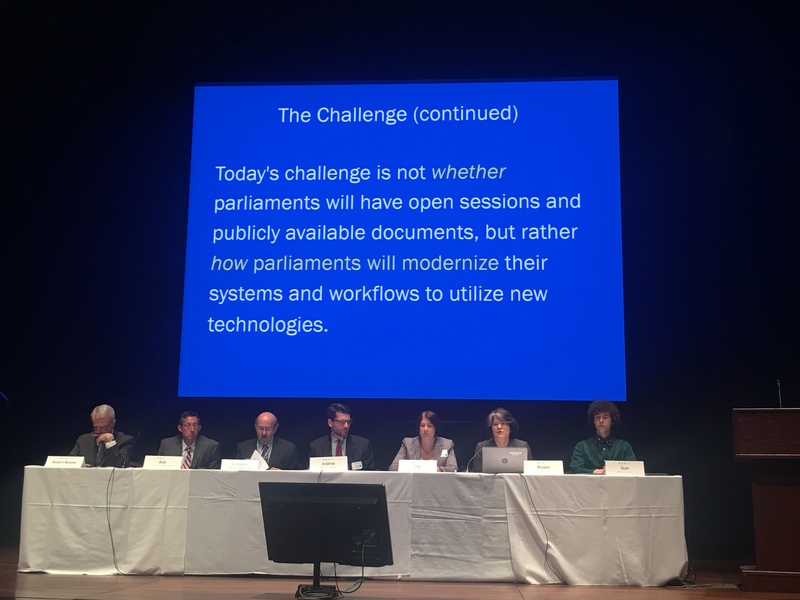
There are several initiatives that merit special notice.
One is the democratic process surrounding improving the way legislative data is being made more available and accessible to the public. The conference began with administrative staff presenting on the progress of the Congressional Bulk Data Task Force. In their remarks and the ensuing question period, the staff addressed issues that have been raised about that data on GitHub, the social programming platform that has rapidly become not only the key hub for open source software in government but a forum for public comment on government regulatory or policy proposals. This explicit connection between civil society and the government institution around the shared goal of informing the public about the legislative process and outcomes, using data to engage the public in the democratic process, is laudable and should be a model for all of the states.
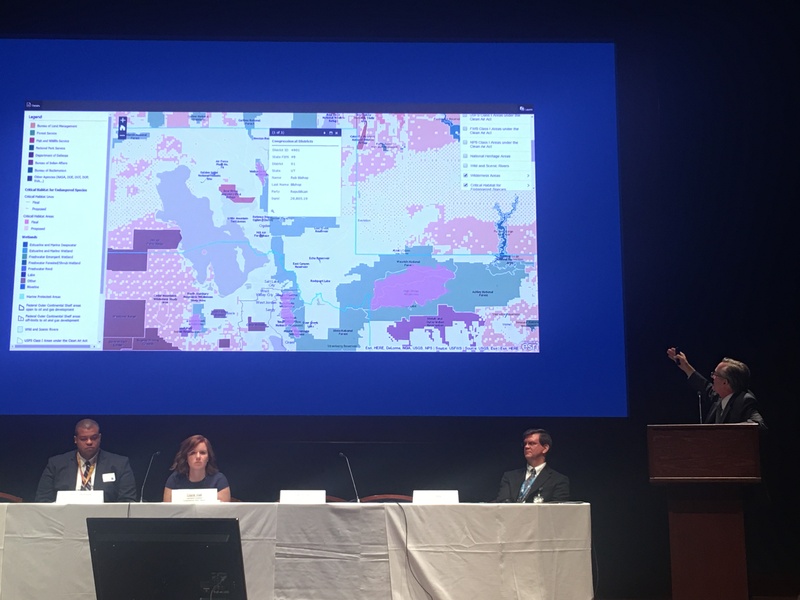
Second is the use of open government data from federal agencies in the legislative process. The conference saw demonstrations of mapping tools that enable legislators and their staff to understand more about the impact of spending, environmental issues and much more. These maps are possible because data has been standardized and published in such a way that powerful tools can be deployed to improve the insight of our elected representatives. Enhancing congressional capacity to make better law an important aspect of opening data that should not be overlooked. Unfortunately, some of the best maps the conference saw were demonstrated by the Congressional Research Service – and the public still does not have access to those CRS reports, despite the demonstrated value of their release.
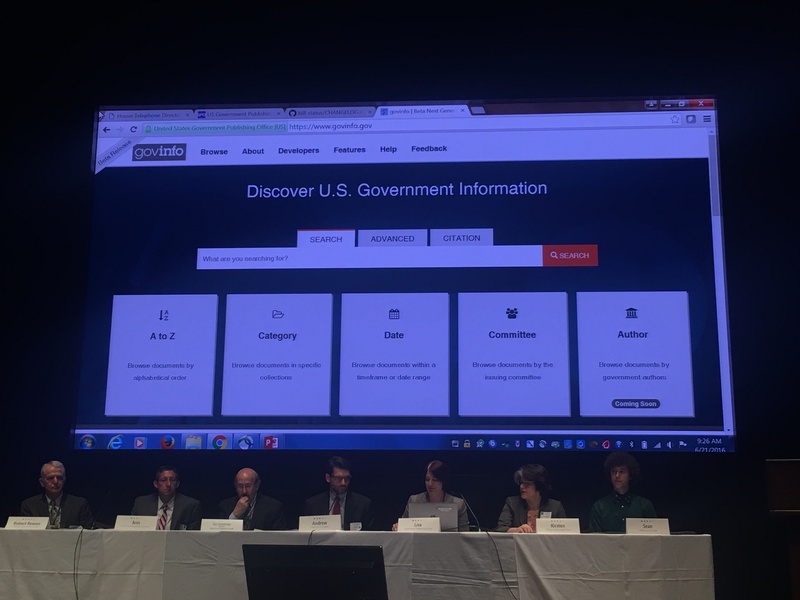
Third, we saw a beta release of GovInfo.gov, where the public can search over a million publications from all three branches of government, and a House telephone directory that will go online later this summer. The latter is a dramatically improved version of the current directory, built for a mobile age. Even better, the underlying data will be accessible through an API and enable the public to search, sort and download contact information for the House. Unfortunately, the first version of this will not include email addresses for any of the listings. Until that changes, you’ll still need to email Congress through Sunlight’s tool.
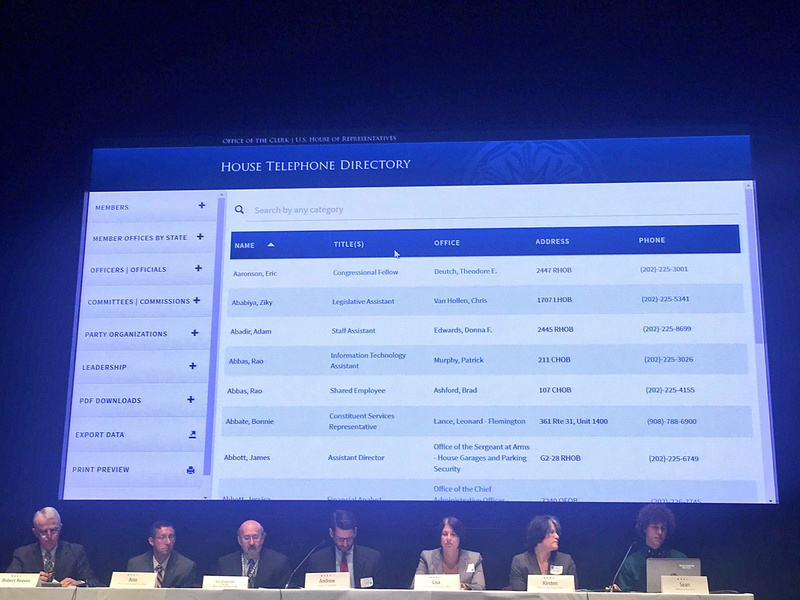
On that count, there’s a significant challenge that Congress, technology companies and public-interest advocates need to urgently collaborate on addressing: increasing inbound messages to Congress, often catalyzed and stimulated through online campaigns, resulting in phone calls and petitions and emails of flooding Capitol Hill. In the face of increasing public demand, Congress is having trouble turning around satisfactory public policy for number of reasons. One is straightforward: Congress needs more capacity to hire and retain experienced staffers. Another is a technical challenge of the sort that civic startups have been trying to crack for years: amplifying the voice to the constituents that members of Congress are elected to serve, providing an important democratic counterweight to corporate lobbying in and around the Capitol.
Any increased transparency in the deliberative process must be accompanied with accountability, however, particularly as the public gains increased access to the research, evidence and underlying data that representatives and their staffs cite — or ignore — in pursuit of legislation.
While we will always have recourse at the ballot box every two years, changes in technology and society enabled by growing adoption of broadband internet access, smartphones and social media mean that it is possible to have an ongoing relationship with Congress on a daily basis.
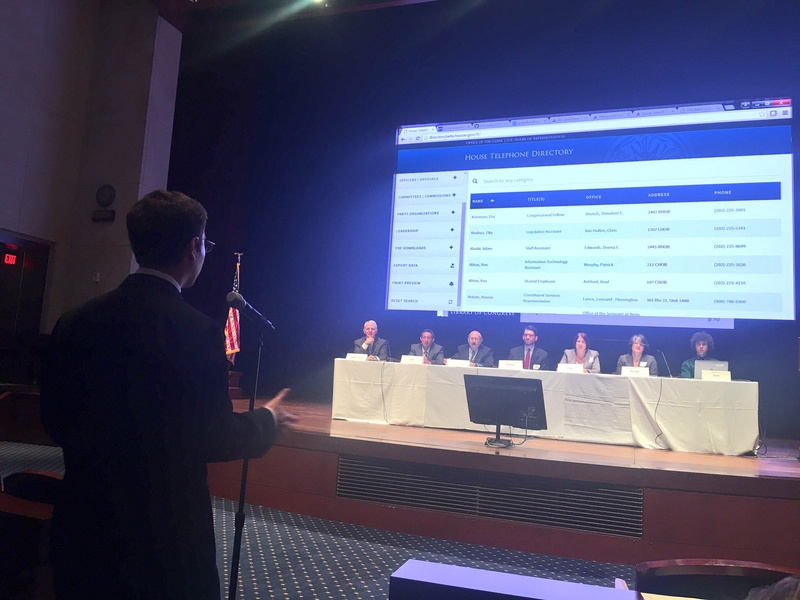
When our legislative bodies open up the laws of the land in standardized formats, it’s possible for us to have more shared facts about what’s at stake and what is being proposed to address the issue. Progress toward that goal is something that enjoys bipartisan support, and Sunlight hopes to see more of it in the decade ahead.
For more on the Legislative Data and Transparency Conference, Daniel Schuman, a former Sunlighter and the current legal counsel for Demand Progress, has written a comprehensive post that captures much of the day. He also took notes on a hack pad that are available for public consumption. You can watch the conference on YouTube and read a Storify of tweets about the event, as well.

